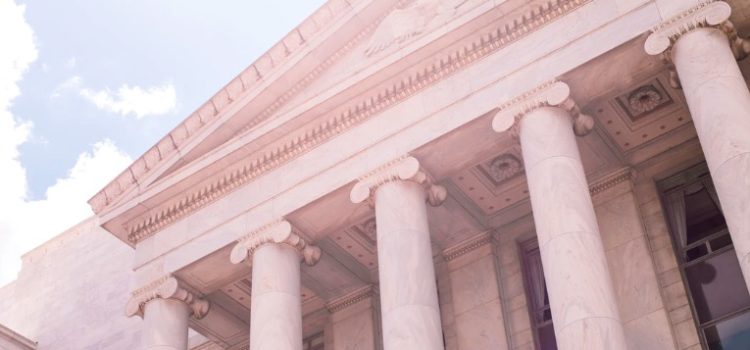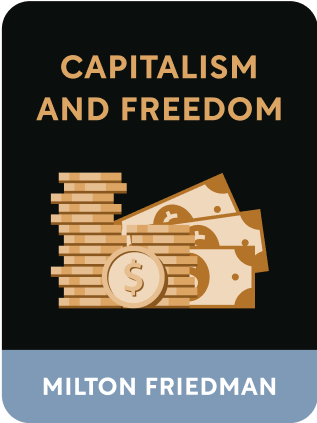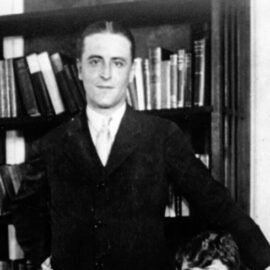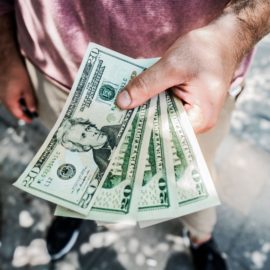

This article is an excerpt from the Shortform book guide to "Capitalism and Freedom" by Milton Friedman. Shortform has the world's best summaries and analyses of books you should be reading.
Like this article? Sign up for a free trial here .
What is Keynesian economic theory? What are the ideas associated with this theory, and do they work?
Keynesian economic theory promotes aggressive federal spending. The theory posits that in times of depression or recession, the government can keep things stable by infusing cash into the economy.
Read more about Keynesian economic theory below.
Against Keynesian Economic Theory
In the last chapter, we analyzed monetary policy—a government’s control of its money supply and its currency’s value—and its impact on economic freedom. In this chapter, we’ll turn our attention to fiscal policy—how (and how much) the government chooses to tax and spend.
In particular, we’ll focus on the once-dominant Keynesian school of economics—and why its simplistic assumptions failed to deliver the real-world benefits it promised.
Keynesian Economics
Following the Great Depression, there was a groundswell of public support for aggressive fiscal policy on the part of the federal government. The public wanted the government to offset the collapse in private spending with large, deficit-financed spending from the federal government (that, is, increases in spending without offsetting tax increases).
The intellectual underpinning of this policy was the Keynesian school of economics. Named for the British economist John Maynard Keynes, Keynesian economic theory argued that gross domestic product (GDP) was primarily made up of four components:
- Consumer spending
- Government spending
- Investment
- Net exports
According to this theory, when a severe recession or depression caused a decline in one or all of the other three components (especially consumer spending), government spending could make up for the shortfall by infusing cash into the economy.
Counter-Cyclical Spending
Keynesian economic theory explains that countercyclical fiscal policy is at the heart of Keynesian economics. It states that during a recession, the government should stimulate the economy by raising spending and cutting taxes to “prime the pump” and infuse cash into the system. This gives consumers and businesses the necessary funds to make purchases.
When the economy begins to recover, however, the government should pare back its expansionary fiscal policies. This cycle of spending during the slump and austerity during the recovery is meant to ensure that aggregate demand in the economy remains stable.
Unfortunately, it has historically been difficult for policymakers to turn the fiscal pump on and off at the right time. New spending programs are hastily voted on, but often only go into effect after the crisis has passed and they’re not needed anymore. Because these programs inevitably create beneficiaries, politicians tend to be highly reluctant to end them, for fear of antagonizing voters. The result over time is a cycle of higher spending, higher taxes, higher borrowing, and higher inflation, all to pay for an out-of-control welfare state.
Multiplier Effects
Another lynchpin of the Keynesian economic theory is the fiscal multiplier effect. According to this principle, when the government spends money, it creates new spending power in the economy above and beyond the original government expenditure. This is best illustrated by example.
- Let’s say that during an economic downturn, the government sends you a check for $100. You then proceed to save 20 percent of it ($20) and then spend the remaining $80 on goods and services of your choice.
- But because one person’s spending is another person’s income (and vice versa), the recipient of the $80 you just spent also proceeds to spend their new income.
- Even if they save the same 20 percent of it as you did, that still leaves them with $64 to spend. In just these two cycles, the private expenditures made possible by the government (your $80 + the other person’s $64) equals $144—more than the initial $100 jolt of government spending.
- This cycle continues on and on, stimulating more aggregate demand. In this particular cycle, since one-fifth of the money is being saved in each round of spending, we can say that the multiplier is 5—in other words, the initial $100 increase in government spending leads to $500 in private spending.
Thus, according to Keynesian economic theory, government fiscal policy delivers great return on initial investment.

———End of Preview———
Like what you just read? Read the rest of the world's best book summary and analysis of Milton Friedman's "Capitalism and Freedom" at Shortform .
Here's what you'll find in our full Capitalism and Freedom summary :
- The key principles from Milton Friedman's Nobel Prize-winning book
- Why capitalism functions best when it is freed from government restraints
- How forced redistribution schemes are morally unjust






